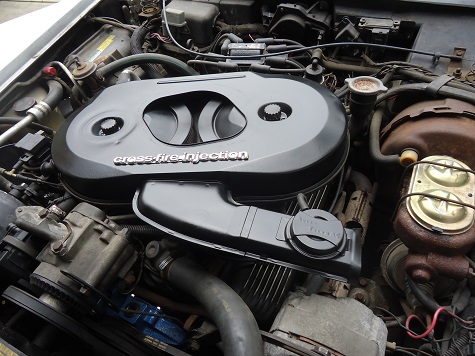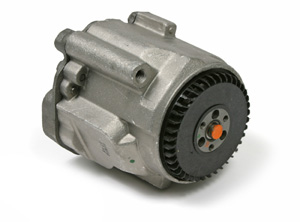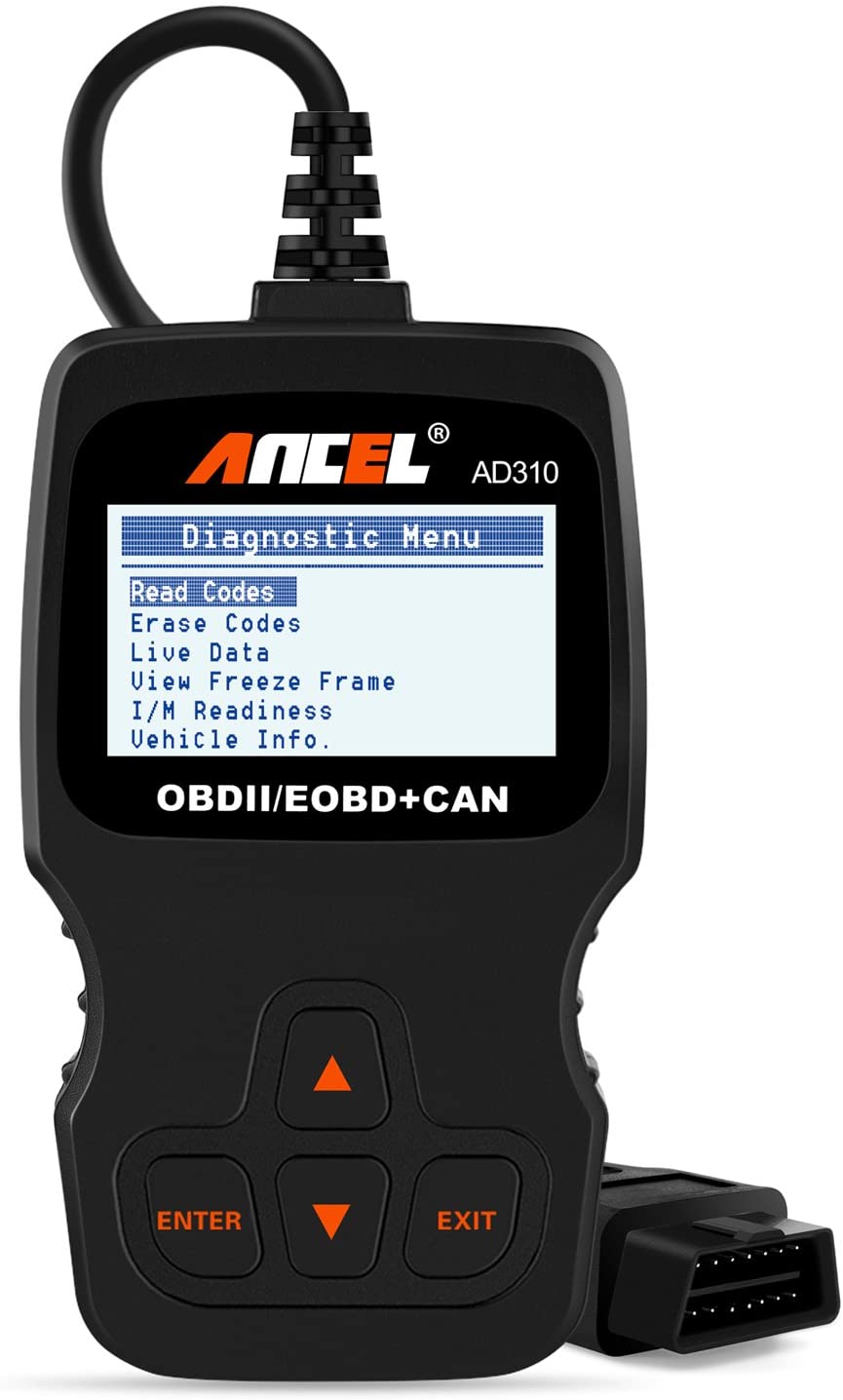Automotive Air Pump Function and Diagnosis
Article by Mark Trotta
An A.I.R. (air injection reactor) pump, commonly called a smog pump, is usually a sealed bearing unit that mounts to the front of an engine. Although some were electrically operated, most were powered by an engine-driven belt along with other accessories, such as alternator, power steering pump, and air-conditioning compressor.

A common 1970's automotive emission system included a belt-driven air pump, along with a fuel-mixture control valve or air diverter valve. Also in the system were air injection tubes and check valves.
____________________________________________
____________________________________________
Starting in the 1960's, there was concern over the significant amount of unburned and partially burned fuel in automotive exhaust. In an effort to decrease this source of emissions, the air injection system was created.
What Does An Air Pump Do?
Air pumps help reduce emissions in two ways. While your car's engine is cold, it pumps excessive hydrocarbons back into the engine for re-combustion, providing a more complete combustion. It also diverts air to either the atmosphere or downstream to the oxygen sensor.
How An Air Pump Works
Engine exhaust (which contains unburned hydrocarbons and carbon monoxide) is routed into the AIR pump, then compressed and injected into the exhaust port of the cylinders. The gases then combine with unburned hydrocarbons and carbon monoxides at higher temperatures, causing a chemical reaction. Now the spent exhaust is less harmful to our environment.

Also contributing to lower emissions were recalibrated carburetors and distributor settings, and also higher engine-operating temperatures. Together, combustion efficiency was improved and harmful emissions were reduced.
************************
Missing Air Pump
Many cars from the late sixties and seventies are missing the factory-installed air pump. There are basically two reasons smog equipment is removed off old cars.
The most common reason is that the part was not working, or perceived to be not working.
The second reason people remove an air pump is for looks. I've heard more than classic car owner say, "I wanted to clean up the engine compartment".
____________________________________________
____________________________________________
If your old car is missing the air pump, it's probably also missing the manifold tubes, check valves, diverter valve, mounting bolts and brackets, as well as hoses and clamps. These can be hard to find, but often these can be taken from a similar year and model donor car.
************************
Symptoms of a Bad Air Pump
A bad unit may reduce engine power, give poor acceleration, or cause stalling, rough-running, hesitation, or rough idle. Of course, these symptoms are the same as several other engine problems (carburetor, tune-up, etc.) And if your 'Check Engine Light' illuminates, your vehicle will fail it's emission inspection. So how can you check?

A diagnostic check with a Code Scanner can pinpoint the general cause of the problem. But before you do that, check for a leaking or clogged hose (or a missing belt).
************************
Needed or Not
The original Fiat Spider, produced from 1966 to 1985, featured an efficient twin-cam four-cylinder motor. These engines were well-designed, and ran cleanly and efficiently. But starting in 1974, all cars bound for North America were required to have pollution devices - regardless of whether they were really needed.

In order to continue selling to its largest market, Fiat, like many other manufacturers, complied by adding on smog equipment, which burdened motors, choked performance, and caused driveability issues. Air pumps were added, along with restrictive manifolds, tiny carburetors, scores of vacuum lines, and other emission controls. Both performance and sales suffered.
************************
Conclusion
By the early eighties, car manufacturers were producing more efficient fuel-injected engines along with improved ECM's, which regulated engine functions precisely. Soon after, the amount of unburned fuel into the exhaust was greatly reduced, and the need for air pumps faded.
There have been stories of people removing the guts of air pumps, then re-installing them to keep the "factory" look. Today, we know that a functional air pump robs very little power from an engine. Classic cars are worth more in factory-stock condition--which means having the correct emissions equipment installed and operative.
************************
Related Articles: